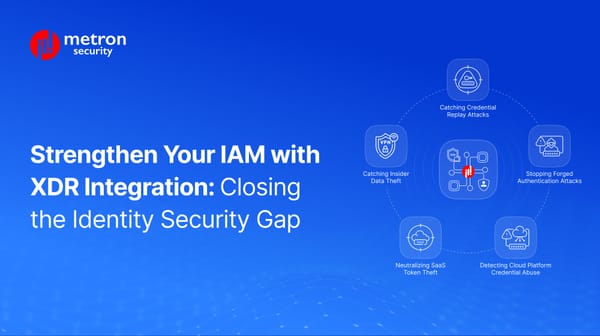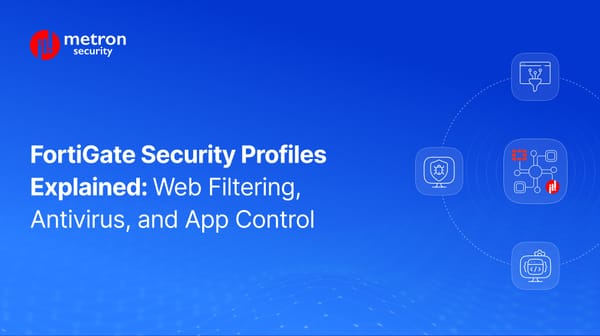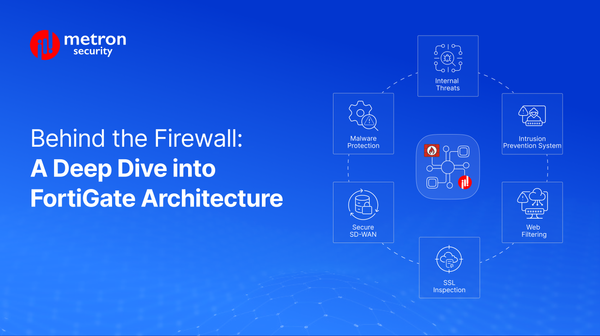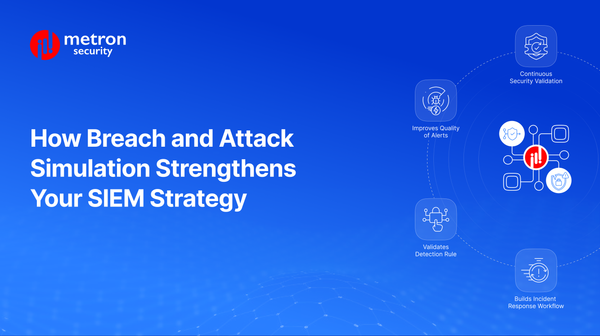6 Ways Microsoft Sentinel Transforms Your Security Operations: Use Cases
Discover how Microsoft Sentinel integrations improve unify your security operations at scale.
Anmol Jain

A fragmented security ecosystem is like trying to complete a puzzle without any pieces that fit together.
Picture this scenario: Your security team is drowning in a sea of alerts from dozens of different tools. Each platform speaks its own language, stores data in its own silo, and requires its own specialized knowledge to operate. Meanwhile, attackers are orchestrating coordinated campaigns across your entire digital landscape, moving seamlessly between cloud environments, on-premises systems, and external attack surfaces.
Fortunately, there’s a way to make these pieces fit. This is where Microsoft Sentinel steps in as the brain that connects all your existing security platforms into a unified system.
Microsoft Sentinel combines the power of a cloud-native SIEM with advanced SOAR capabilities, using AI and machine learning to transform the chaos of fragmented security data into actionable intelligence.
In the following post, we’ll detail 6 ways in which integrating this platform gives your security operations a much-needed boost. But first, a closer look at how Microsoft Sentinel makes this possible.
Why Your Security Platforms Need to Talk to Sentinel
Here’s how the process works: data from your existing security and vulnerability tools is seamlessly fed into Microsoft Sentinel. This leads to more actionable insights and more intelligent workflows as automation takes the reins, providing a streamlined response process and offering increased collaboration between security, IT, and risk management teams.
In other words, no more clunky silos and no more lost time sharing information between applications. Microsoft Sentinel acts to bridge the gap, letting your teams better respond to threats and remediate them before they can cause real damage.
6 Crucial Microsoft Sentinel Integration Use Cases
Below, we detail six game-changing use cases that highlight how Microsoft Sentinel can transform your security operations when well-integrated with your existing security platforms:
1. Unified Threat Detection
Picture this: Your Digital Risk Protection (DRP) platform detects suspicious reconnaissance activity targeting your organization's external assets. Simultaneously, your endpoint detection system flags unusual patterns inside your network. Separately, these might seem like isolated incidents. Together, they paint a picture of a coordinated attack in progress.
With Microsoft Sentinel integration, these disparate signals automatically correlate in real-time. The platform's AI engine connects the dots, revealing attack patterns that would otherwise remain hidden in the noise. Smart algorithms prioritize the most critical threats, and automated workflows orchestrate immediate response actions across all connected security tools.
When well-configured, it means no more blind spots – simply comprehensive, intelligent threat detection that sees the complete attack story.
For more information, we previously covered this integration and associated use case in more detail.
2. Automated Incident Response
Another scenario: Imagine an Active Directory (AD) security assessment tool discovers a dangerous attack path in your environment that could lead to domain admin compromise. In traditional setups, this finding may go unnoticed in a dashboard until the next security review.
With Microsoft Sentinel integration, the moment your AD security platform identifies this attack path, intelligent workflows kick in automatically. The system creates a prioritized incident, gathers relevant context from other security tools, notifies the appropriate team members based on severity, and launches predefined response actions to block the attack path.
No more scrambling through multiple dashboards – simply calm, coordinated action that neutralizes threats before they can escalate.
3. Enhanced Threat Intelligence
Emerging threats constantly loom on the horizon, but deciphering which ones actually matter to your organization can feel like finding needles in a haystack.
Microsoft Sentinel integrations with threat intelligence platforms, such as DSPM, completely transform this challenge. The system automatically correlates external threat intelligence with your internal security events, providing context that helps distinguish genuine threats from false alarms. Automated analysis and risk scoring help you prioritize threats, while enriched alerts provide the backstory your analysts need to make informed decisions.
Instead of drowning in generic threat feeds, you get intelligence that's specifically relevant to your organization's risk profile and current security posture.
4. Cross-Platform Security Analytics
Traditional security analytics often operate in isolation – your SIEM analyzes network logs, your DLP tool monitors data movement, and your cloud security platform watches for misconfigurations. Each tool has valuable insights, but the real intelligence lies in connecting these perspectives.
Microsoft Sentinel's advanced analytics engine, powered by Kusto Query Language (KQL), enables you to write queries that span multiple integrated platforms. You can correlate user behavior patterns from identity platforms with network traffic analysis from security monitoring tools, identifying insider threats or compromised accounts that single-platform analysis would miss.
This cross-platform visibility transforms how you hunt for threats, moving from reactive alert response to proactive threat hunting based on comprehensive behavioral analysis.
5. Streamlined Compliance Management
Compliance audits are a hefty chore, often requiring heaps of paperwork and endless hours of manual effort to prove your security posture meets regulatory requirements.
Microsoft Sentinel integration can help streamline compliance tasks like never before. Once integrated with your cybersecurity platform(s), it's capable of centralizing all your security policies and procedures, automating data collection from multiple sources, and providing pre-built compliance dashboards for instant visibility into your security posture.
Whether you're dealing with SOC 2, PCI DSS, or industry-specific regulations, integrated platforms automatically feed compliance-relevant data into centralized reports, complete with audit trails and evidence documentation.
6. Scalable Security Operations
As organizations expand their digital footprint, security complexity typically grows exponentially. More cloud services, more endpoints, more third-party integrations – each adding another potential attack vector and another tool to monitor.
Microsoft Sentinel's cloud-native architecture handles this growth seamlessly. As you add new security platforms and data sources, the integration framework scales automatically without requiring additional infrastructure investment. New tools feed their data into the same analytical engine, extending your threat detection capabilities without multiplying operational overhead.
This means your security operations can grow with your business, maintaining effectiveness even as complexity increases.
Making Integration Work
Planning Your Integration Strategy
The key to successful integration lies in thoughtful planning. Start by mapping your current security tool landscape and identifying the most critical data flows. Consider whether you need unidirectional data flow (from security tools to Sentinel) or bidirectional communication for more complex automation scenarios.
Implementation Approaches That Actually Work
- Direct API Integration: Modern security platforms typically offer REST APIs that connect directly with Sentinel's data ingestion endpoints, providing real-time data transmission with built-in error handling.
- Function App Middleware: For platforms without native Sentinel connectors, Microsoft Function Apps serve as intelligent translators, handling data transformation, custom authentication, and advanced processing before data reaches Sentinel.
- Custom Schema Design: Organizations with specific requirements can implement tailored schemas that map platform-specific formats to Sentinel's data model while maintaining query consistency across integrated tools.
The Bottom Line: Integration as Competitive Advantage
Microsoft Sentinel integration transforms your security platforms from individual tools into a cohesive defense system. It allows your operators to move beyond siloed defenses and reactive responses, creating an environment where threats are detected faster, context is readily available, and responses are coordinated across your entire security stack.
The organizations that will thrive in tomorrow's threat landscape aren't necessarily those with the most security tools – they're the ones whose tools work together intelligently, sharing data and insights to create a defense that's greater than the sum of its parts.
Metron Security provides on-demand and effective approaches to managing third-party integrations for security ecosystems. Since 2014, Metron has delivered automation solutions for over 300 security applications, as well as several hundred custom automation solutions.
If you are looking to set up any integrations with Microsoft Sentinel and are facing challenges, you can reach out to us at connect@metronlabs.com.









